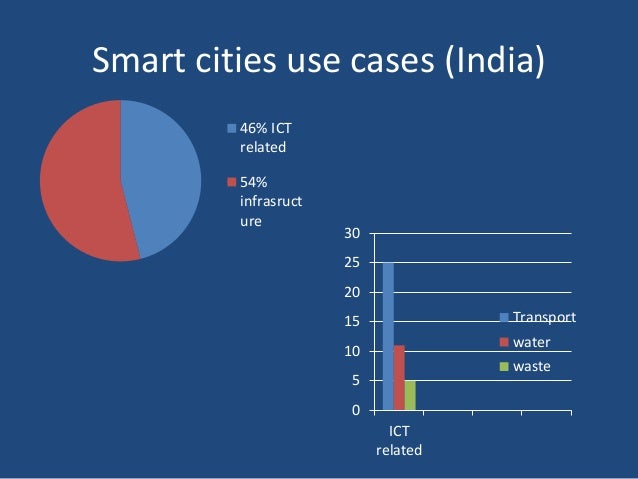

Some of this will be achieved by preventative measures – such as wearables that help us to lead a healthier lifestyle by monitoring our activity levels, quality of sleep, and nutrition. In-home smart healthcare offers the potential to reduce some of the stress put on traditional healthcare channels – doctors and hospitals – that is inevitably caused by increasing life expectancy and a growing elderly population.

While we probably won't see fully humanoid robotic butlers in most homes for some time, during 2020, autonomous, mobile robots will undoubtedly become more common, useful, and cheaper, as a number of manufacturers compete to develop the most helpful and marketable products. For the elderly and disabled, they will also act as a reassuring pair of extra eyes, able to call for help if they sense that someone has fallen, or assist with mobility around the home. But thanks to advances in artificial intelligence, we can expect to see them becoming increasingly smart and capable of helping us with an expanding range of tasks.įrom cooking and cleaning to providing companionship and healthcare, all manner of use cases are being explored for robots such as LG’s CLOi and Trifo’s Lucy.ĭomestic robots promise a future where day-to-day tasks can be carried out by machines, freeing us to spend our valuable time on things other than chores and routine maintenance. This trend started with robotic vacuum cleaners and lawnmowers.

We will also see more refrigerators that use computer vision to “see” what’s inside, and machine learning algorithms to predict what you need to order in – and then making the order themselves. This year we can expect to see more AI-driven technology such as facial recognition becoming a feature of home security systems. Sure, some devices do this already – smart thermostat systems from Nest and Honeywell use machine learning to adapt their behavior to the inhabitants of a house, based on observing and then replicating their habits. That's set to change over the next decade, as more and more devices begin to make use of machine learning, computer vision, natural language processing, and other technologies that actually are capable of thinking, making decisions, and learning. Moves like this one designed to make it easier to develop and sell solutions that will work with the many available smart home systems will become increasingly common in the next decade. Relying on a mish-mash of different solutions can also cause security vulnerabilities - so it's encouraging to see plans from Apple, Google, and Amazon to team up to create a set of standards designed to make smart homes simpler and, importantly, more secure. There’s also the annoyance of needing to use a whole load of different apps to set up and control all of the different devices from different manufacturers in your smart home. And consumers themselves face the danger of finding themselves "tied in" to a particular network provider – which can often limit the options available if a particular tool or device they need won't play nicely with their favorite platform. Increasingly, manufacturers of smart home devices need to ensure their products and services will work on platforms provided by Amazon, Google, Samsung, and Apple to capture the broadest customer base. One of the headaches of putting together a smart home is undoubtedly the competing range of platforms and standards.


 0 kommentar(er)
0 kommentar(er)
